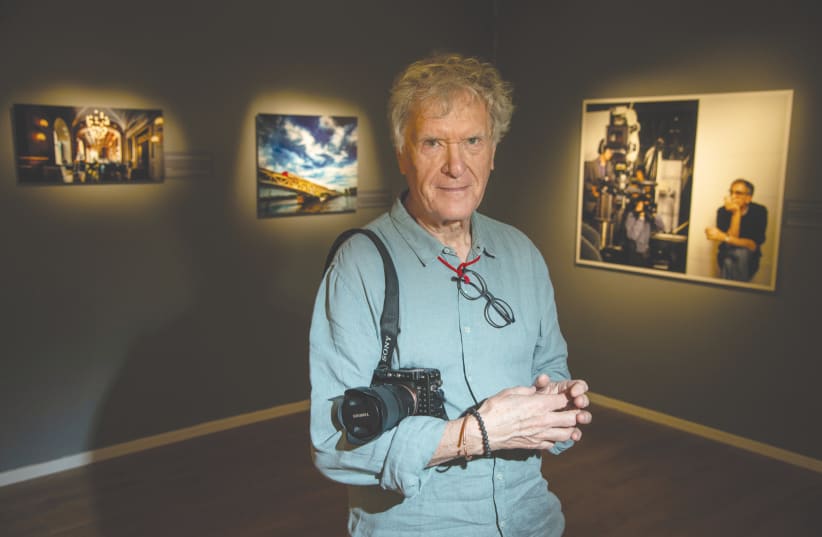‘I am an intermediary between [Krzysztof] Kieslowski and the Israeli public, and I am proud especially to bring his work to young people,” said Piotr Jaxa, a photographer and cinematographer who is a guest at the Arava International Film Festival, speaking after he saw an episode of Dekalog, a masterpiece by his late friend and collaborator Kieslowski. The festival runs until November 13.
“Watching Dekalog on screen in the Arava, I was so happy to discover elements that are so precise, a story that is so intelligent and told so beautifully,” said Jaxa.
Dekalog is a 10-part series of one-hour films being screened at the festival based on the 10 commandments, made in 1988 and set in contemporary Poland. “In each scene, the images tell the story,” Jaxa said. “Each time I see it, I am surprised by how modern it seems, how well-written, well-acted, how beautifully filmed.”
Kieslowski is considered one of the greatest directors of the 20th century. His films include the Three Colors series (the first installment of which, Blue with Juliette Binoche, won the Golden Lion at the Venice International Film Festival), and The Double Life of Veronique.
He and Jaxa met in 1965 and worked together until the end of his life, and the festival is presenting an exhibit of Jaxa’s photos, Dekalog: Point of View, that combines photographs of the neighborhood where Dekolog takes place with stills from the 10 films, as well as behind-the-scenes photos of Kieslowski at work.
The exhibit is on display at the Ashush Gallery in the heart of the Tzukim artists’ village, and was curated by Hannah Rothschild. Irena Strzalkowska, manager of Kieslowski’s production company, also attended the exhibit.
The Arava International Film Festival, which is celebrating its 10th anniversary this year, was created by movie producer Eyal Shiray, the festival director, in partnership with the Arava Tichona Regional Council. The Kieslowski tribute is being presented with the support of the Adam Mickiewicz Institute and the Polish Institute in Tel Aviv.
“For us, the tribute to Kieslowski which combines cinematic and plastic artwork... allows viewers a variety of perspectives not only on human complexity but also on the tremendous importance of the cinematic experience and our commitment to continue it,” said Shiray, who also produced the exhibition.
As jackals howled in the background, Jaxa, who has visited Israel many times, spoke about the exhibit and Kieslowski’s life and work.
“He was a modest person and he worked hard,” Jaxa said, reminiscing about how the two met while they were students at the Polish National Film School in Lodz. Kieslowski “knew exactly what he wanted... He hired actors and a crew he trusted, and everyone gave the best of themselves. The actors always gave their best performances for him... His most important collaborator was the cinematographer, he always knew exactly how he wanted to use the camera to tell the story.”
Currently at work on a book of portraits of cinematographers and a film about a Jewish family during the Holocaust, Jaxa said he learned his craft on Kieslowski’s sets.
“What I am doing as a cinematographer, I am a translator – I have to translate the words into images. The more precise I am, the better the movie is. I work this way not to make everyone see what a good cinematographer I am. I work like this, the way I learned with Kieslowski, to give the power to the story.”

